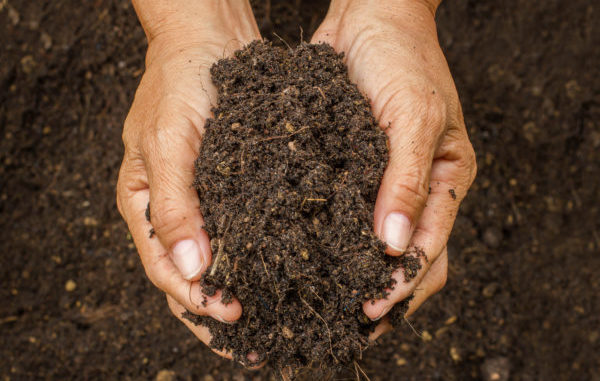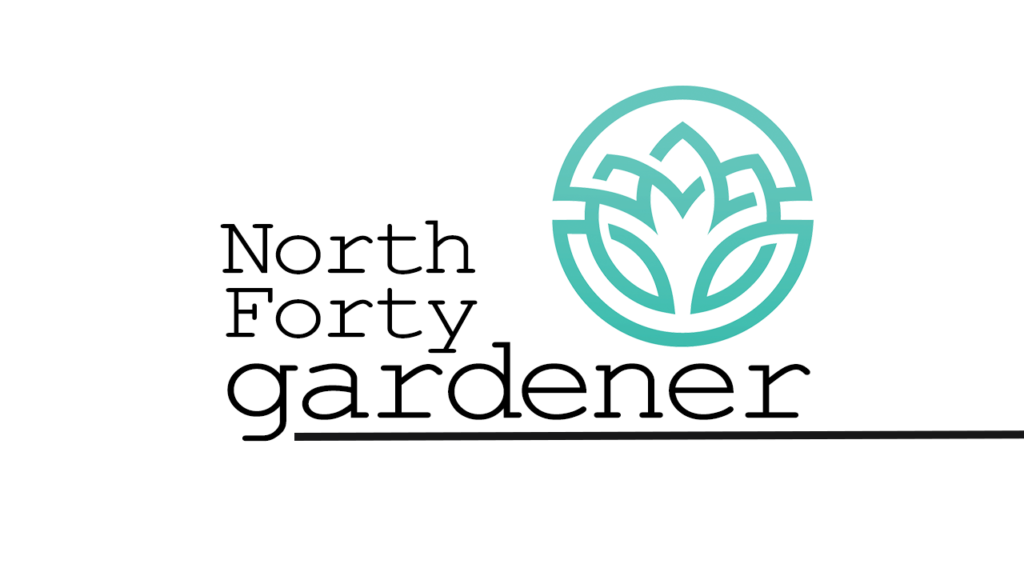

By Chelsea Mclean | Gardens on Spring Creek
I’m never surprised when homeowners new to the West are slow to give up turfgrass, thirsty plants, or acid-lovers. A drive through any Colorado neighborhood proves that it’s hardly novel to want to bring a sense of home to a new location. Census data shows that close to 60% of those who currently call Colorado home are transplants, many of those emigrating from regions in the U.S. with different factors making up the local horticultural scaffolding. The most underlying of these factors is soil pH.
Soil pH is a measurement of hydrogen ions in the soil, which affects a plant’s ability to utilize available nutrients. You may remember from high school chemistry that water, a neutral pH, registers as a seven while acidic mixtures fall below 7. Anything above seven is considered basic or alkaline.
Where a soil’s pH falls on the acid-alkaline scale will determine what will reasonably grow in that region. Front-range soils are considered moderate to high alkalinity, falling between 7.2 and 8.2 on the pH scale. Most garden plants can tolerate alkaline conditions pushing 7.6, with the exceptions being acid-loving (or ericaceous) plants like azalea, blueberry, rhododendron, heather, and holly. This means that some new to Colorado may need to rethink their plant palette.
The general rule is that regions receiving regular rainfall are more acidic than dry climates due to rainfall leaching away alkaline elements in the soil. In addition, eroding granite bedrock will produce an acidic soil, while our underlying shales and limestones produce alkaline soils.
In alkaline soils, iron, used to make chlorophyll, occurs in a form that plants cannot uptake. This shortcoming leads to a condition called iron chlorosis. Mitigating tactics like soil amendments and iron sprays are impractical in the long term due to alkaline water sources, free lime, and the sheer volume of soil.
So, what is a gardener to do in the face of alkaline soils? One option would be to grow your ericaceous darlings in pots amended with peat and acidifying fertilizer. However, gardeners with a mind towards sustainability will want to think twice about relying on peat. Peat is the result of thousands of years’ worth of accumulated organic material in bog environments and is severely damaging to these fragile ecosystems. Keep in mind that watering your acidic pots with our alkaline water may neutralize any movement down the pH scale.
Instead, why not take the opportunity to explore alternative plants. Instead of blueberries, consider small fruits like goji berries (Lycium barbarum) or currants and gooseberries (Ribes genus). The floral intensity of an azalea can be found in a hibiscus or Caryopteris. For a vibrant heath-like groundcover, consider ‘Kent Beauty’ ornamental oregano or the native Callihroe involucrata, tantalizingly known as Wine Cups.
The challenge of an alkaline soil can also be the adventure of exploring a new horticultural practice. Instead of lamenting the inability to recreate old landscapes, embrace those limitations and learn to paint on a new canvas.
Support Northern Colorado Journalism
Show your support for North Forty News by helping us produce more content. It's a kind and simple gesture that will help us continue to bring more content to you.
BONUS - Donors get a link in their receipt to sign up for our once-per-week instant text messaging alert. Get your e-copy of North Forty News the moment it is released!
Click to Donate
